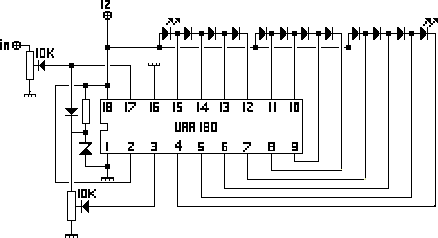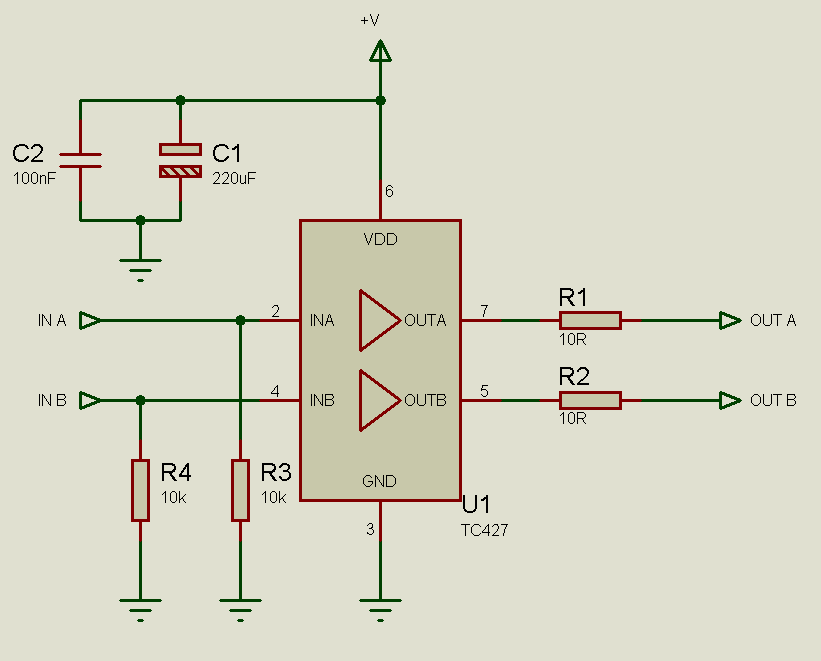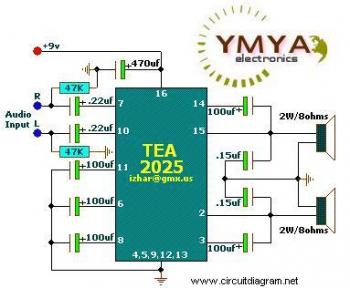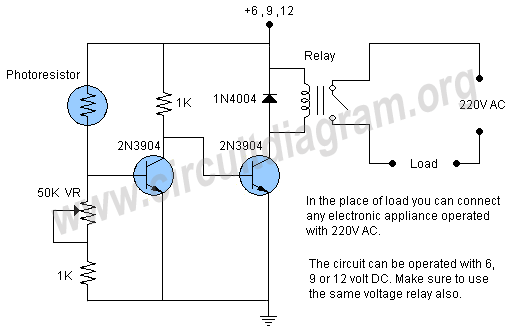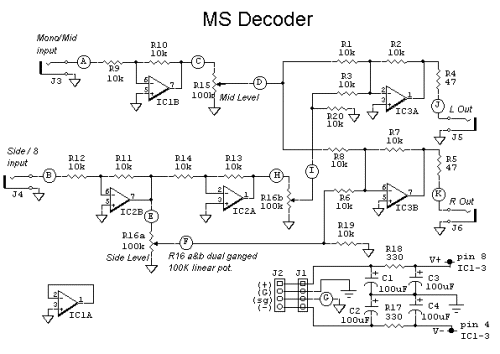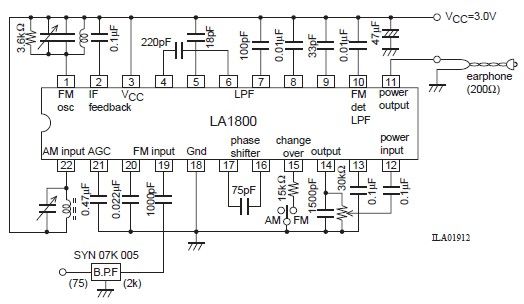
Photo Timer Circuit
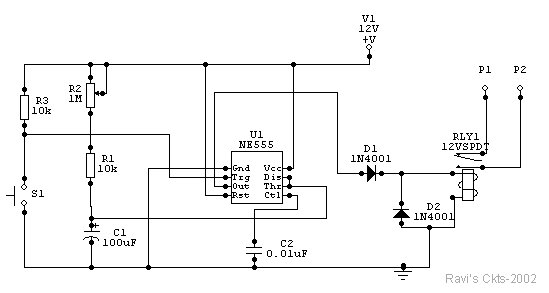
The time is set by potentiometer R2, which provides a range from 1 second to 100 seconds, using a timing capacitor C1 of 100 µF. The output at pin 3 is normally low, keeping the relay in the off state.
The circuit utilizes a timing mechanism controlled by a potentiometer (R2) and a timing capacitor (C1). The potentiometer allows for adjustable resistance, which in turn modifies the charge time of the capacitor. The capacitor C1, rated at 100 µF, plays a crucial role in determining the timing interval; as it charges through R2, the voltage across C1 rises. This voltage is monitored at pin 3 of the integrated circuit (IC), which is configured as a timer or oscillator.
When the voltage across C1 reaches a specific threshold, the output at pin 3 transitions from a low state to a high state. This change in output state is what activates the relay. In its default condition, the output remains low, ensuring that the relay remains deactivated. The range of timing from 1 second to 100 seconds is achieved by adjusting the resistance of the potentiometer R2. A lower resistance results in a faster charge time for C1, thus shortening the timing interval, while a higher resistance increases the charge time, extending the timing interval.
This circuit is typically employed in applications requiring timed control, such as in delay timers, automatic lighting systems, or any scenario where a relay needs to be controlled based on a timed event. Proper selection of R2 and C1 is critical, as it directly influences the timing accuracy and stability of the circuit. Additionally, care must be taken to ensure that the relay's specifications match the output capabilities of the IC to prevent any potential damage or malfunction.Time is set by potentiometer R2 which provides a range or 1 sec. To 100 seconds with timing capacitor C1 of 100uF. The output at pin 3 is normally low and the relay is held off.. 🔗 External reference
The circuit utilizes a timing mechanism controlled by a potentiometer (R2) and a timing capacitor (C1). The potentiometer allows for adjustable resistance, which in turn modifies the charge time of the capacitor. The capacitor C1, rated at 100 µF, plays a crucial role in determining the timing interval; as it charges through R2, the voltage across C1 rises. This voltage is monitored at pin 3 of the integrated circuit (IC), which is configured as a timer or oscillator.
When the voltage across C1 reaches a specific threshold, the output at pin 3 transitions from a low state to a high state. This change in output state is what activates the relay. In its default condition, the output remains low, ensuring that the relay remains deactivated. The range of timing from 1 second to 100 seconds is achieved by adjusting the resistance of the potentiometer R2. A lower resistance results in a faster charge time for C1, thus shortening the timing interval, while a higher resistance increases the charge time, extending the timing interval.
This circuit is typically employed in applications requiring timed control, such as in delay timers, automatic lighting systems, or any scenario where a relay needs to be controlled based on a timed event. Proper selection of R2 and C1 is critical, as it directly influences the timing accuracy and stability of the circuit. Additionally, care must be taken to ensure that the relay's specifications match the output capabilities of the IC to prevent any potential damage or malfunction.Time is set by potentiometer R2 which provides a range or 1 sec. To 100 seconds with timing capacitor C1 of 100uF. The output at pin 3 is normally low and the relay is held off.. 🔗 External reference
